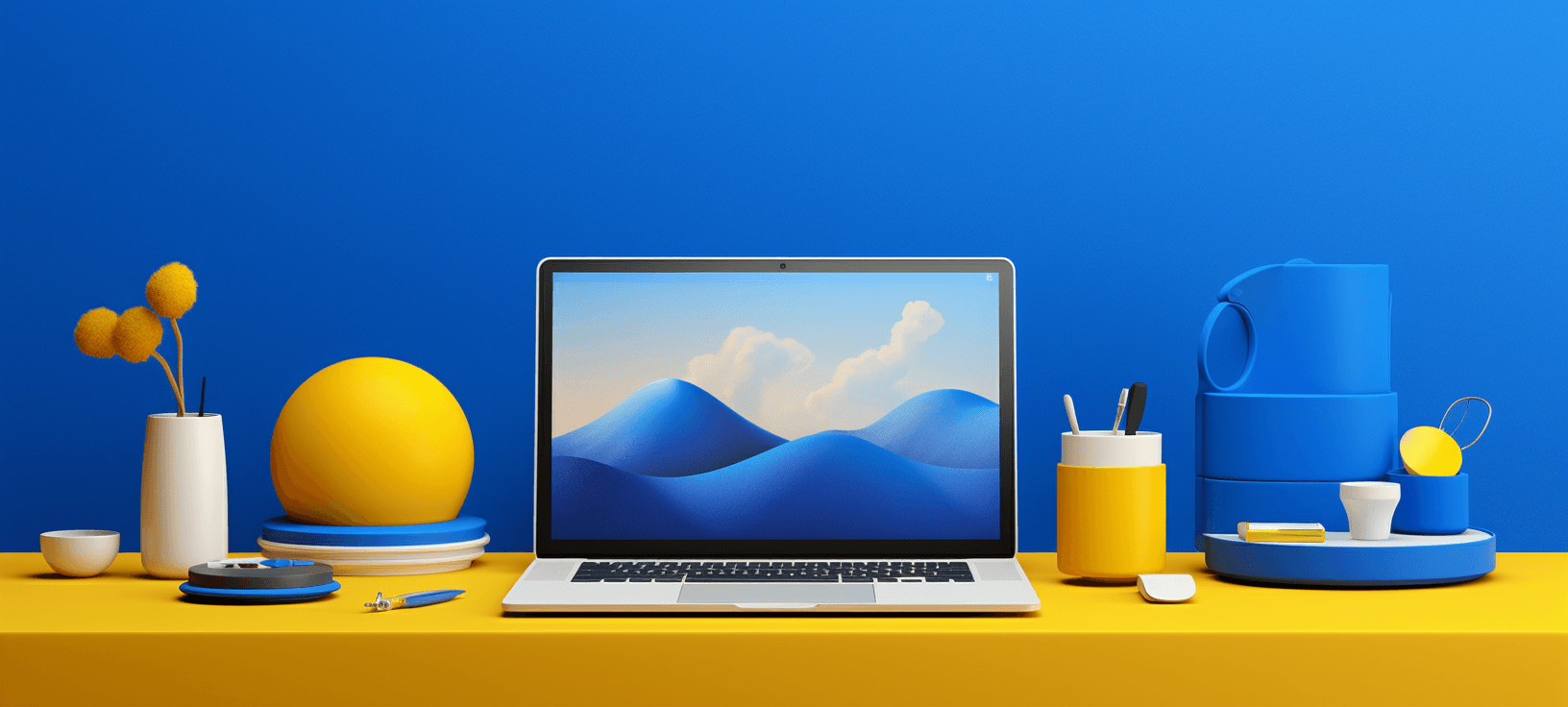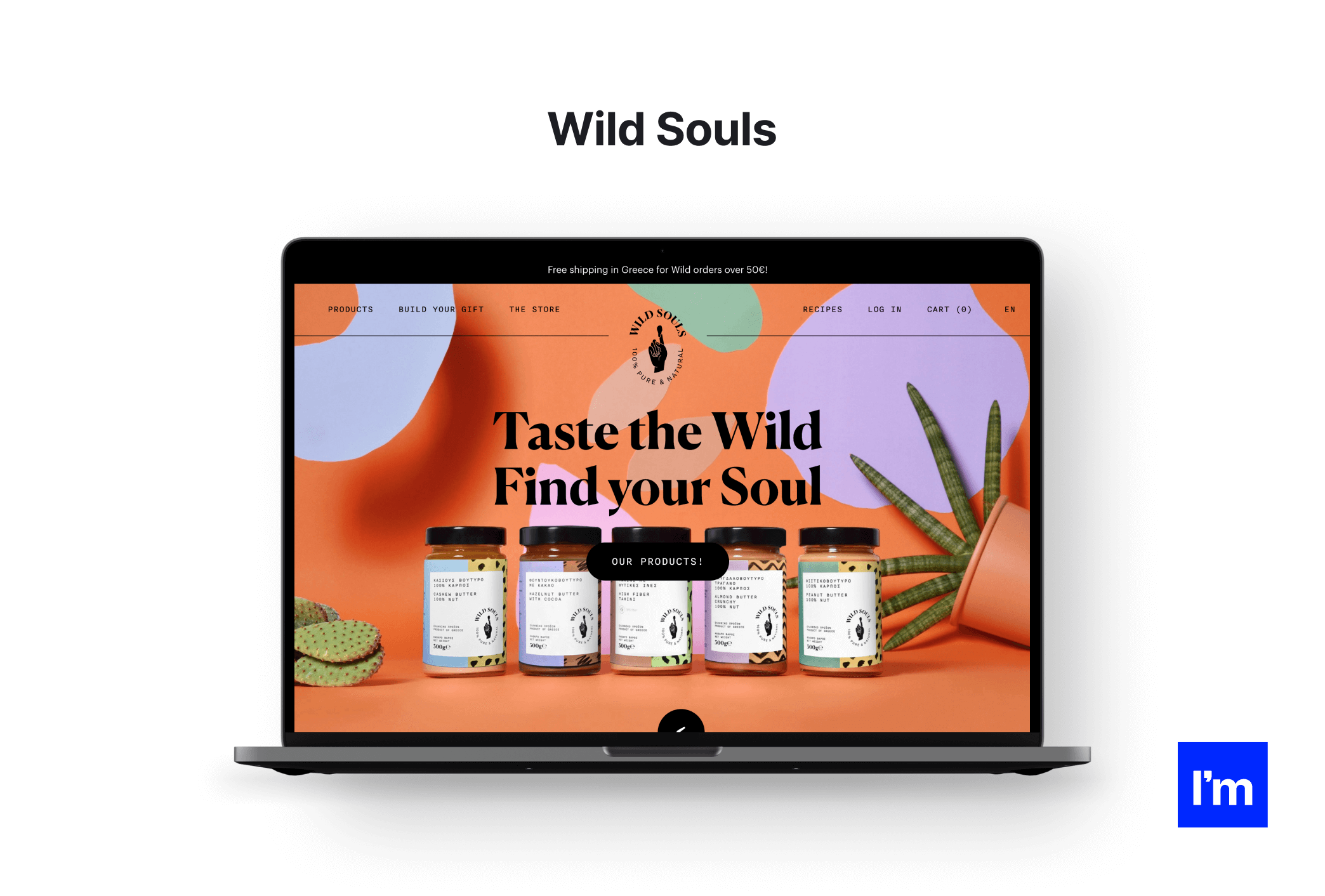What to Try to find When Employing Experts for Web Design Gauteng
What to Try to find When Employing Experts for Web Design Gauteng
Blog Article
Exploring Different Kinds Of Website Design to Improve Customer Experience
In the ever-evolving digital landscape, the exploration of varied internet design methods is extremely important for enhancing individual experience. From receptive structures that adapt perfectly across gadgets to minimal layouts that prioritize simpleness and clarity, the choices made in website design can exceptionally impact use and involvement. Integrating interactive elements further improves the customer journey, making websites more engaging and vibrant. Exactly how do these approaches jointly contribute to a user-centric digital environment that not only astounds yet also preserves individuals? The answer might hinge on the nuanced balance in between aesthetic allure and functional availability.
Receptive Internet Layout
In an era where digital intake goes beyond multiple gadgets, receptive internet design has come to be a foundation of efficient customer experience. This flexibility not just boosts visual appeal however also enhances ease of access and navigation, crucial for keeping individual involvement.
The execution of RWD begins with a mobile-first approach, prioritizing the smallest screen size to ensure performance and visual comprehensibility. By making use of CSS media questions, developers can customize the web site's look based upon the features of each tool. This ensures that images scale correctly, text remains legible, and interactive elements are easily accessible, thereby reducing the need for too much scrolling or resizing.
Moreover, receptive layout adds to enhanced search engine optimization (SEO) by offering a consistent user experience and lowering bounce prices. Browse engines favor mobile-friendly sites, making responsiveness an essential component of digital approach. Essentially, responsive website design is indispensable for suiting varied individual interactions, fostering a inclusive and interesting on-line presence.
Minimalist Design Approaches
Minimal style's appeal depends on its capacity to distill intricate info right into its most necessary aspects, creating a uncluttered and user-friendly user experience. By prioritizing simpleness, minimalist layout gets rid of peripheral information, enabling users to concentrate on core content and capability. This method is characterized by adequate white space, tidy lines, and a limited shade palette, all of which add to a visually pleasing and reliable interface.

Furthermore, minimalist design sustains quicker loading times, as fewer visual aspects and lowered material complexity can decrease the quantity of information needed to render a page. This effectiveness not only boosts individual fulfillment but additionally adds to better seo (SEO) rankings. Minimal style is not just a stylistic option yet a calculated approach that can substantially impact individual engagement and conversion prices.
Interactive and Dynamic Components
Interactive and vibrant elements are pivotal in boosting individual interaction and developing memorable web experiences. These aspects consist of animations, float effects, sliders, and real-time updates, which not just catch customers' attention however additionally help with smooth navigation. By integrating these attributes, designers can change static pages right into interesting digital atmospheres that urge communication and exploration.
Animations, as an useful content example, can lead users with facility details without overwhelming them, while hover impacts supply prompt feedback, enhancing the individual's understanding of clickable locations. Web Design Gauteng. In addition, sliders allow users to see material at their very own rate, and real-time updates ensure that information provided is present and appropriate, keeping the user's interest

User-Centric Style Methods
A keystone of efficient web layout is the application of user-centric design approaches, which prioritize the needs and choices of the end user over all else. By focusing on the customer, designers can create user-friendly, available, and appealing experiences that boost contentment and drive communication.
One fundamental approach is functionality screening, which includes observing actual individuals as they connect with the style. This process recognizes pain factors and areas for enhancement, permitting designers to improve the interface iteratively. more tips here Including feedback loops and dexterous approaches better guarantees the layout evolves in positioning with user expectations.
In addition, ease of access is a critical element of user-centric layout. Ensuring that digital platforms come to all users, including those with specials needs, boosts inclusivity and broadens the prospective individual base. This can be attained via compliance with Web Material Access Guidelines (WCAG) and the thoughtful application of design principles like comparison, navigating, and readability.
Inevitably, effective user-centric layout cultivates a smooth link in between the customer and the electronic setting, boosting total customer experience.
Implementing Newest Design Trends
In the realm of website design, staying abreast of the most recent style trends is necessary for producing functional and visually compelling user interfaces that astound customers. As electronic experiences progress, designers are progressively embracing trends that emphasize personalization, interactivity, and minimalism. Minimal layout, defined by clean lines and ample white room, enables individuals to concentrate on material without unnecessary disturbances. This approach not just boosts aesthetics yet likewise boosts usability by improving navigating and lowering cognitive tons.
/web/web-design-trends-2020-z5311.jpg)
Furthermore, including the most recent typography fads, such as variable font styles, provides flexibility and flexibility throughout different devices and display sizes, guaranteeing consistency in customer experience. Dark mode layouts have gained appeal due to their aesthetic allure and energy efficiency on OLED displays. By strategically implementing these patterns, web developers can create cutting-edge and easy to use sites that reverberate with contemporary target markets.
Final Thought
A detailed expedition of numerous internet design approaches is helpful resources vital for boosting customer experience. Inevitably, a well balanced and informed approach to web design considerably improves individual fulfillment and communication, leading to enhanced general web site efficiency and success.
In the ever-evolving electronic landscape, the expedition of varied internet style methods is vital for boosting individual experience.A foundation of efficient web design is the implementation of user-centric design strategies, which prioritize the demands and choices of the end customer over all else. Making sure that digital platforms are accessible to all customers, consisting of those with specials needs, improves inclusivity and expands the potential individual base.In the realm of web layout, remaining abreast of the newest design fads is important for producing visually engaging and practical interfaces that astound individuals (Web Design Gauteng).An extensive expedition of different web layout methods is vital for enhancing customer experience
Report this page